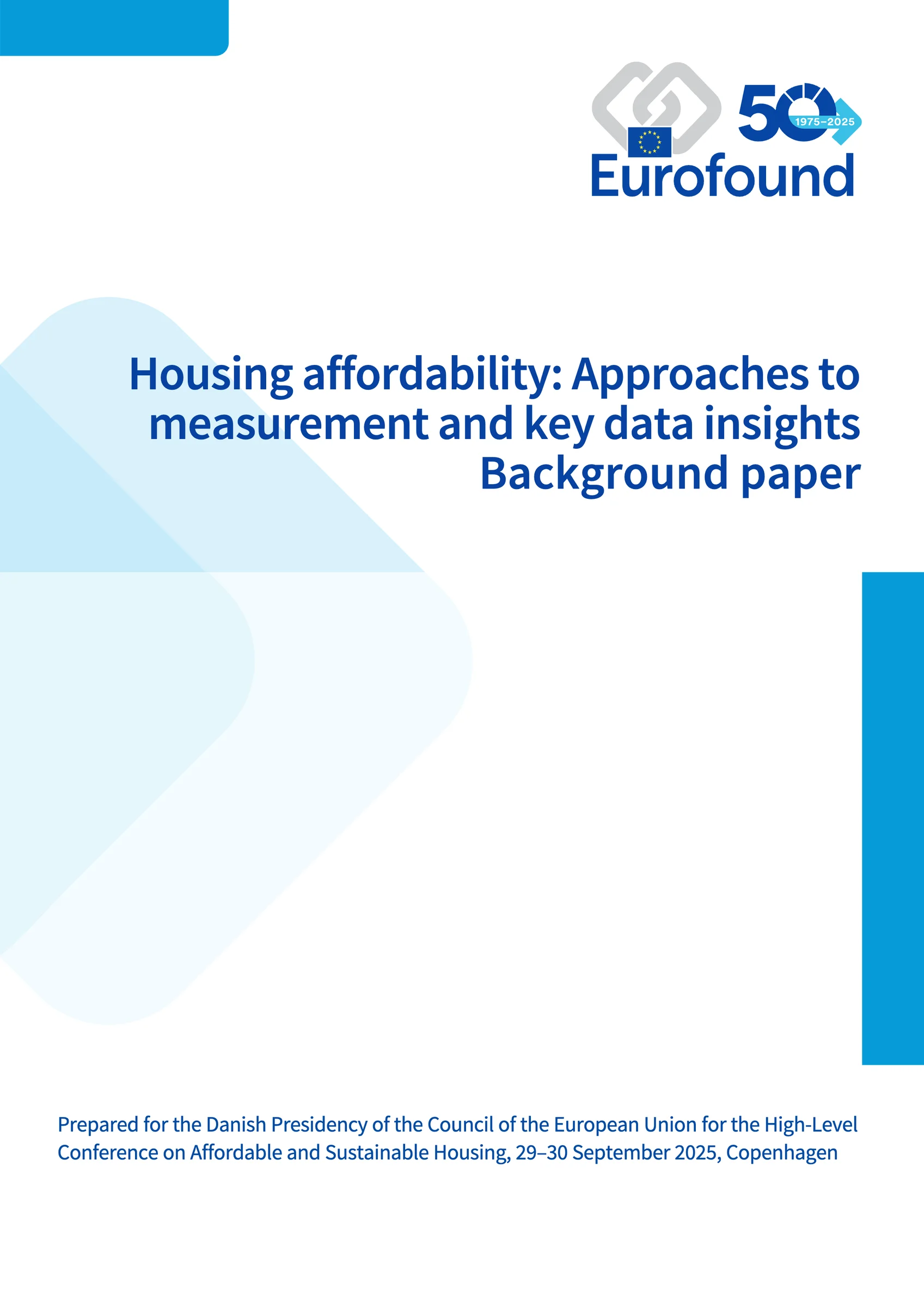🏠Context and Publisher
The background paper titled "Housing affordability: Approaches to measurement and key data insights" was prepared for the Danish Presidency of the Council of the European Union for the High-Level Conference on Affordable and Sustainable Housing. It is published by the European Foundation for the Improvement of Living and Working Conditions (Eurofound), a tripartite agency established in 1975, focusing on social and employment-related policies.
📈Housing Affordability Challenges
Housing affordability is increasingly recognized as a significant challenge across Europe, particularly due to a chronic undersupply of affordable housing. Rapid urbanization, demographic changes, and the financialization of housing—treating it as a commodity—have led to soaring property prices and rents. Low-income households face immense difficulties in achieving homeownership or affording rent in the private market, often relying on an inadequate social rental sector.
💰Impact on Households
The burden of problematic housing costs extends beyond financial strain; it affects households’ budgets, leaving less available for essentials such as food, healthcare, and education. Housing affordability issues can adversely impact overall well-being, security, and a sense of belonging. Despite the acknowledgment of housing problems at high levels, official statistics show a paradox: the EU average housing cost overburden rate declined from 10.1% in 2017 to 8.2% in 2024.
📊Measuring Housing Affordability
There is considerable debate regarding the most effective metrics for measuring housing affordability. Various approaches include the ratio of housing prices to income, housing expenditure to income, and the residual income approach. Each method has its strengths and limitations, and no single measure captures the complexity of housing affordability across different contexts.
🏢Trends in Housing Costs
Between 2010 and 2024, average house prices in Europe increased by 55.4%, while rents rose by 26.7%. Significant disparities exist, with some member states witnessing house prices more than tripling. Urban areas, particularly capital cities, have experienced the most substantial price increases, driven by demographic trends and investor activity.
📉Disparities in Housing Affordability
The relationship between housing costs and income has diverged, especially in metropolitan areas. The housing cost overburden rate highlights significant disparities, with renters generally spending a higher proportion of their income compared to owner-occupiers. Vulnerable groups, including single-parent households and those at risk of poverty or social exclusion, face the most severe challenges.
📅Conclusion and Future Considerations
The paper underscores that affordable housing is no longer limited to social housing but encompasses a broader range of income groups. The existing metrics, while useful, do not fully encompass the difficulties faced by specific populations. Questions remain regarding how to effectively measure housing affordability, considering the quality of dwellings and the implications of various thresholds across income distributions. The conversation around housing affordability is critical, especially as perceptions of unaffordability persist despite statistical improvements.

